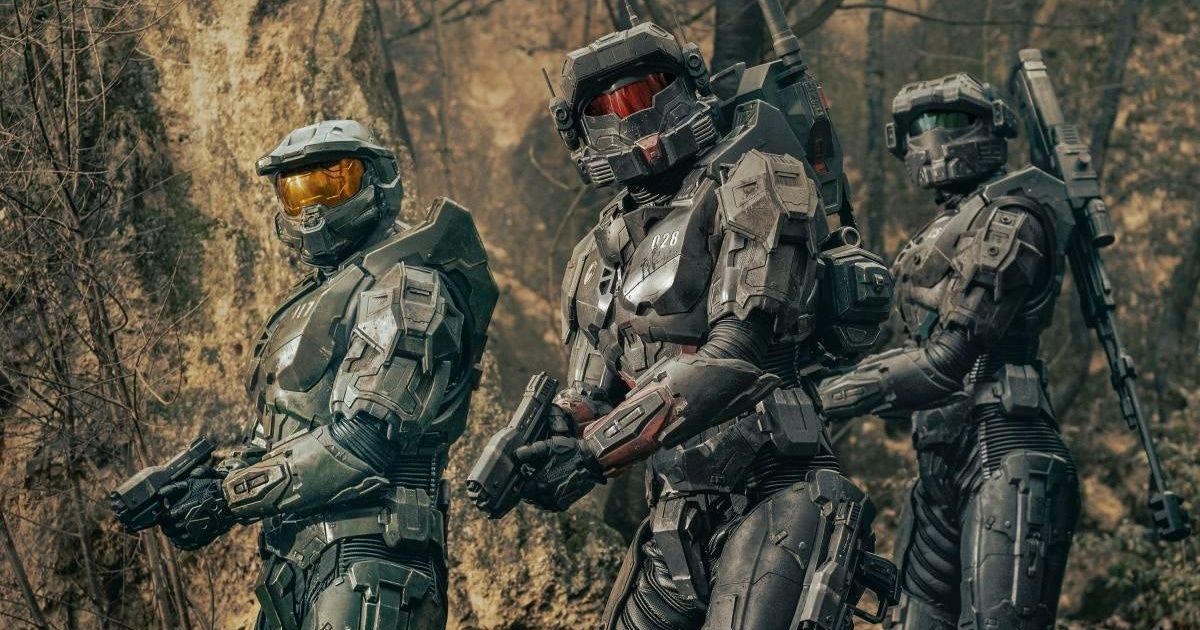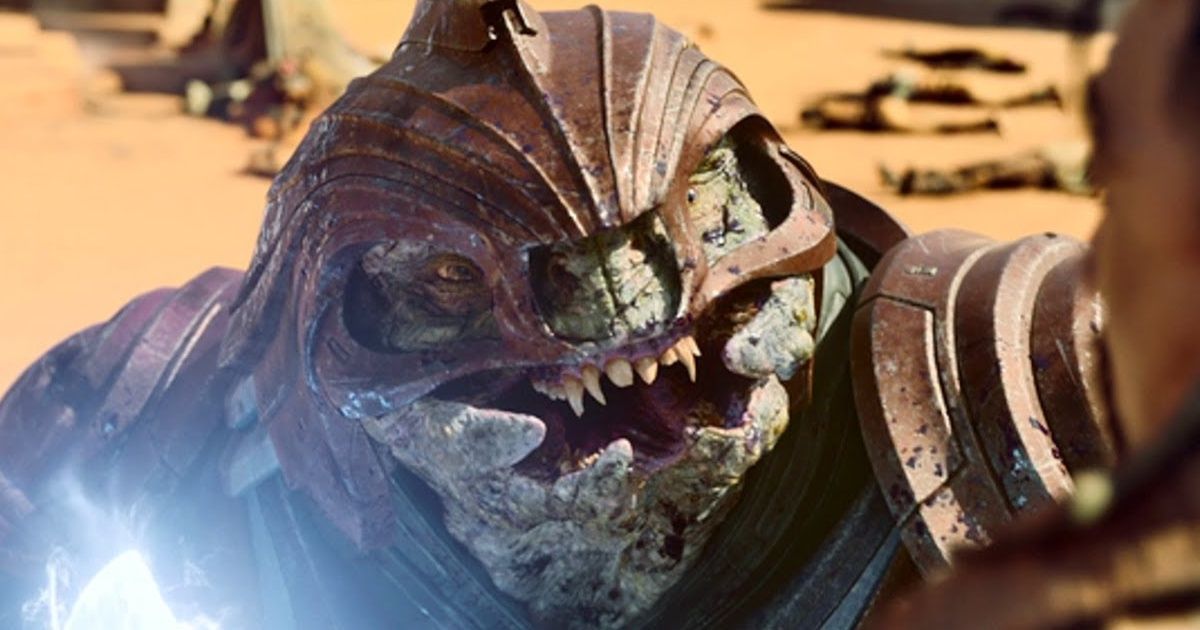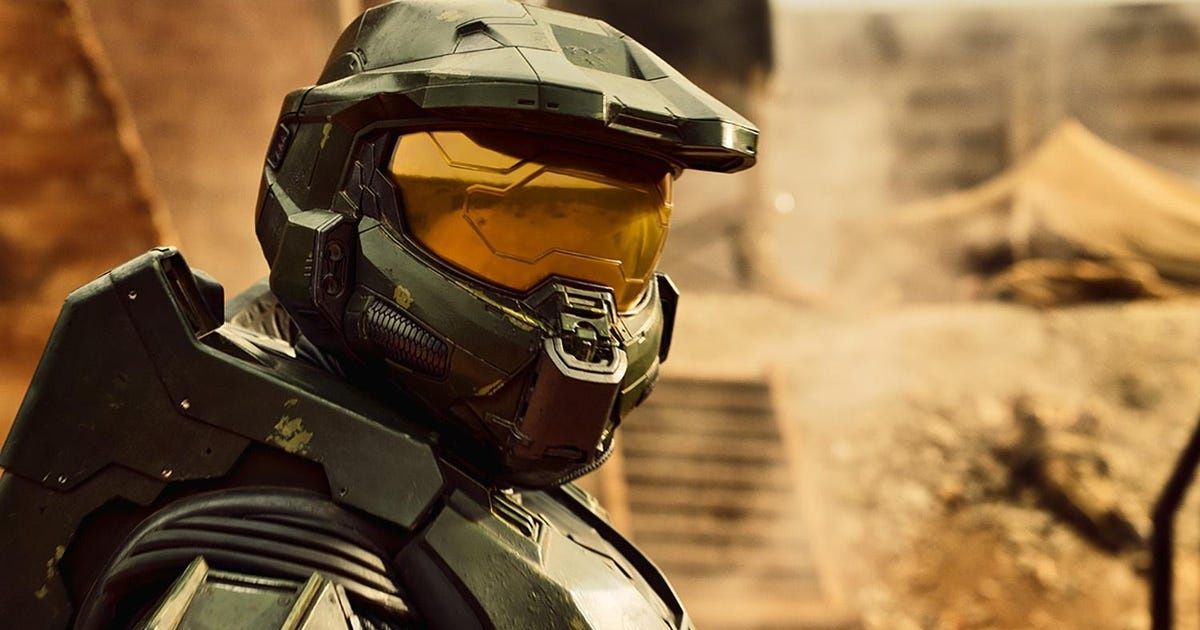Despite mixed reviews from critics and fans, Halo turned out to be a major hit for Paramount+, becoming their most watched program so far. That isn't surprising, as Halo is one of the most successful video game franchises of all time, with the character of Master Chief becoming an icon of video games in the 21st century and is Xbox's unofficial consol mascot, like Mario is for Nintendo or Sonic was for Sega. Paramount+ has a variety of popular series connected to popular franchises like Star Trek, SpongeBob, and The Good Wife, so for Halo to stand out truly meant something special.
Paramount+ clearly had faith in the series, as they greenlit a season two before an episode had even aired. No release date for season two has been announced, but audiences can hope that the creators took a look at some constructive feedback for season one and are able to improve upon it. After all, some shows do take time to find themselves. Genre series like Star Trek: The Next Generation, Supernatural, and Agents of S.H.I.E.L.D. all struggled in their first season but eventually became fan favorites by tapping into what audiences were and weren't responding to. Hopefully, the creators of Halo have done the same in order to improve the series to become one of the biggest science fiction shows on the air. Here are just a few suggestions for how to improve Halo in season two.
Halo Should Invest in The Volume
One of the most frustrating things about the Halo series is the fact that the studio has clearly spent a lot of money on it, yet it still manages to look cheap. Nowhere is this more clear than when they have to visit other planets, which due to budgetary restrictions are shot on location without many effects, which makes everything seem Earth-lite. The world does not feel fully fleshed out. It has the effect of making the series at times look like a fan film with detailed costumes but filming in someone's backyard, with the best case scenario looking like a big-budget version of Star Trek: The Original Series with whatever woods they could find to film at. Halo's locations are particularly lackluster when compared to Star Trek: Discovery and Star Trek: Strange New Worlds on Paramount+, which do a better job of making the limitations of their budget work for designing alien worlds.
In contrast, something like The Mandalorian, despite being a television series, looks as big as any Star Wars film. This is because The Mandalorian is filmed using StageCraft, an on-set virtual production visual effects technology composed of a video wall designed by Industrial Light & Magic in a set normally referred to as The Volume. While it was originally used for Disney projects, it has since been used on Warner Bros. productions like Our Flag Means Death and The Batman, so the technology is available. The key is just being able to afford it, and being able to use ILM's resources. While the technology is still new and has shown some limitations (as seen in the mixed reaction to the looks of The Book of Boba Fett and Thor: Love and Thunder), it could improve Halo's visual look and give it a grander scope as opposed to looking like every episode was shot on planets that all look like Canada.
Visit the Actual Halo
Despite the series being titled Halo, the series does not even reveal the location until the season finale. Halos are fictional megastructures that act as superweapons and feature worlds on them. In the Paramount+ series, the Halos are teased throughout season one until the final episode. Halo does what many prestige television series do, and uses the first season as an extended pilot to set up the more traditional story for the second season. This can be seen in other programs like Netflix's Daredevil, which didn't see the character adopt his signature costume until the final episode of the season.
With all the setup out of the way, Halo can now hopefully get to the exciting aspects of the story and let the lead characters actually interact with the namesake of the franchise. There is a reason the first game, Halo: Combat Evolved, skipped much of the lore and thrust the audience right into the adventure, as that was the interesting part of the story.
More Screentime for the Covenant
The various aliens that make up the Covenant in Halo make for an interesting dynamic to explore in the next season. Season one of Halo keeps the aliens primarily as foes to fight, with the main focus on Makee, a human member of the Covenant who was raised by the Hierarchs. This decision to focus on a human felt like the series was ignoring the franchise's main antagonist in an attempt to reduce the cost of production, as it is easier to film a human actor than animate a fully rendered CGI creature.
One of the most praised aspects of Halo 2 was that the video game expanded the scope of the story, exploring the Covenant's perspective, and while the series is not a direct adaptation of the games, it could continue a volume two tradition.
Keep The Mask On Master Chief
The decision for Master Chief to remove his helmet in the pilot episode of Halo, and have much of his face exposed throughout the season, was a controversial one among fans. While some embraced the idea of showing Chief's character arc to becoming his more iconic figure, others thought it took away from his mysterious nature. The creator's decision to remove the helmet likely stemmed from a long-held belief that a full mask would make it difficult for the audience to connect, yet The Mandalorian has shown that audiences can get behind it.
Now though, with the way Halo season one ended with Chief's consciousness up in the air and if he is in control of his body, this makes for a thematic reason to keep his helmet on. The filmmakers can use that initial hesitation for audiences' ability to connect with a masked protagonist to their advantage and play off the idea that something might be wrong with Chief. It also serves a narrative purpose, as his sacrifice at the end of season one could mark the turning point to where the character becomes more like his video game self and the helmet remains on.





